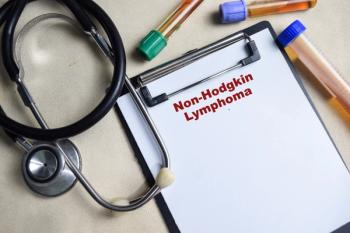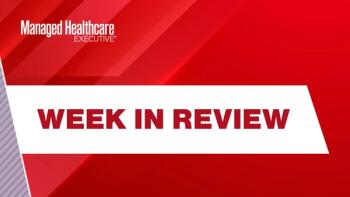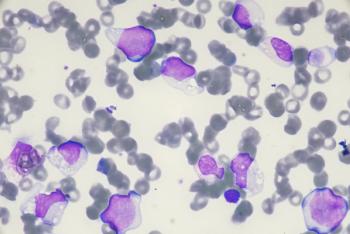
Categories driving future drug trend
For managed care executives, the first step in lowering costs for specialty drugs is to look at the total specialty spend by combining information from the pharmacy and medical benefits, one expert says.
FOR MANAGED CARE executives, the first step in lowering costs for specialty drugs is to look at the total specialty spend by combining information from the pharmacy and medical benefits, one expert says.
"Then decisions can be made on whether to move certain classes of drugs to the pharmacy benefit where the costs of these drugs are more visible and consequently easier to manage," says Lon Castle, MD, senior director, department of medical and analytical affairs at Medco.
Since cardiovascular and neurological diseases affect a tremendous number of patients, medications used to treat these conditions will represent a large percentage of the projected cost growth plans can expect, according to Dr. Castle.
"So in terms of prescription drug spending, these two therapeutic categories will be the largest drivers of the spending increase," he says.
Increases in cardiovascular spending will be due to not only to the introduction of novel medication therapies, but to guideline updates that have called for earlier and more aggressive treatment of high cholesterol and hypertension. Among new treatment options that will become available are novel classes of drugs that raise HDL cholesterol, lower blood pressure, affect platelet function, and impact clotting factors, he says.
The therapeutic categories that may accelerate most quickly include endocrine and diabetes.
"Approximately 4 million of Medco's 60 million members have diabetes," Dr. Castle says. "There's been a tremendous increase in the prevalence of type 2 diabetes due to the epidemic of obesity and lack of physical activity, so we expect this number to increase dramatically."
The predicted increase in diabetes medications necessary to treat these patients will make it the largest therapeutic drug class contributing to drug trend, with spending growth rates soaring up to 16% to 20% annually. This marks the first time lipid-lowering drugs are not projected to be the largest class driving drug trend.
"It will be crucial for executives to identify, monitor and treat patients with diabetes more effectively-it will be their largest challenge over the next decade," he says. "The cost of the drugs is minor compared with the potentially staggering financial impact a dramatic increase in diabetes-related cardiovascular and kidney disease could have on the healthcare system."
This includes using DM programs to leverage real-time information from prescription drug claims and integrate it with other healthcare data that can help identify these patients sooner in order to intervene with educational and support programs as soon as possible, he says.
-Tracey Walker
Newsletter
Get the latest industry news, event updates, and more from Managed healthcare Executive.






















































